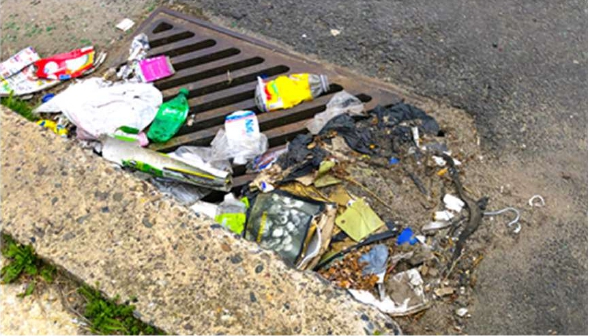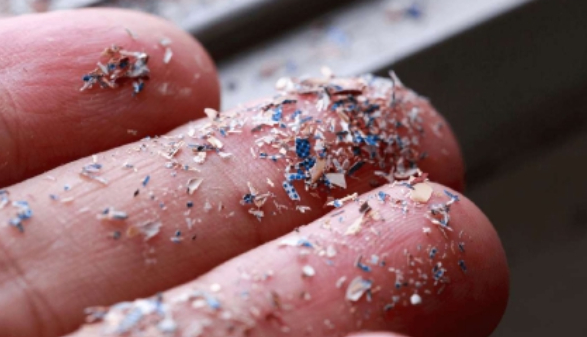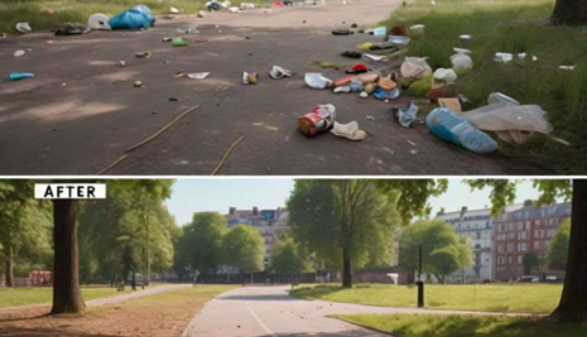The ROSE Initiative
The Responsible Ownership for Sustainability and Environment (ROSE) Initiative is our flagship project, designed to address the challenges of litter management and environmental preservation. The initiative encourages organizations to adopt and maintain road segments, focusing on litter control, and the introduction of innovative, eco-friendly technology like the Gobbler, a battery-operated litter picker.
Litter & its types
Litter is any kind of trash thrown in small amounts, especially in places where it doesn’t belong. With time, it heaps up. The practice is unlawful because it costs municipalities millions of rupees annually in cleanup costs. It also portrays a bad picture of an area. The most frequent littered stuff are as follows
- Plastic
- Paper
- Metal
- Glass
- Organic
What are the impacts of Litter?
Around 1.9 billion tones of litter end up in the ocean every year. Litter is not just an ugly or an aesthetic problem; it has serious environmental consequences that can persist for decades. Styrofoam container takes up to a million years to decompose and break down. A disposable diaper can take more than 500 years; cigarette more than 10 and even orange or banana skins stick around for more than a month. Litter has the potential to cause harm to human health, safety, economy, as well as the environment. Significant amount of money is spent to collect and clean up the litter that many people have thoughtlessly tossed out on the streets and other public spaces




